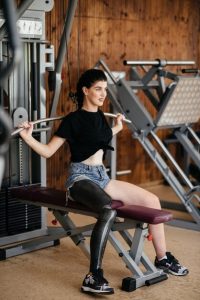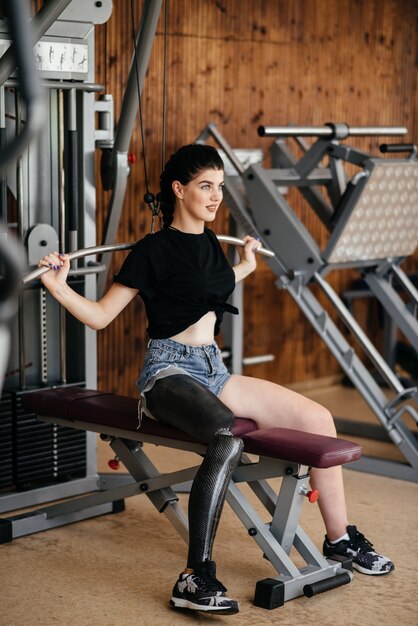There are many exercises that can be done for disabled people. However, these exercises are a
great way of strengthening weak or injured muscles. Sit-ups and walking are two of the most
common exercises. You can also find videos or information about other types on DVDs. Some of
the exercises that you can try are the sit-up, leg lift, and calf raise. There are many other
exercises you can do.
If you are physically disabled, you may also be able to do some upper body exercises.
Stretching is a great way to relieve muscle tension and strengthen bones, joints, and maintain
blood circulation disability support services the body. Swimming is a great option because it strengthens your
legs, calves, and arms. You can do these exercises as many times you like until they are
painless. Some of these exercises can also be done in a bed or a NDIS Vermont.

Another good exercise for disabled people is standing. This exercise involves standing while
standing. It builds lower body strength. Cycling is a great exercise for your legs. But if you
donâ€TMt have the time or desire to ride a bike, a cycling chair might be a better option. Yoga is
a great exercise option for those with disabilities and can be done at a low impact level. Many
people are unaware that seated yoga has the exact same benefits as standing. It is a great way
to strengthen your muscles and reduce your stress.
Before you begin an exercise program, consult your doctor to ensure it is appropriate for your
health. Be sure to consult a physician if you have a heart condition or diabetes. These exercises
for disabled people can be done even if your physical condition is not severe. They are also easy
to do and can improve your quality life. Even if you aren’t able to do a full workout, it is possible
to start slowly and build your strength over time.
Bicep curls, a simple exercise that is suitable for disabled people, are another option. You can
also hold dumbbells in your hands and bend your elbows. You can also hold a dumbbell while
your hands are extended in front of you. You can then curl the weights without lifting your
elbows, and the movement of your arms will strengthen your muscles. To strengthen your lower
back, you can do sit ups or pulls. To find the right exercise for your body, a physical therapist is
available to assist you.
The benefits of Exercises For Disable are numerous. Whether you’re dealing with a painful
puppy or an older dog, you can find an exercise regimen that suits your needs. They don’t
require running a marathon, or going to the gym. Chair exercises can improve muscle strength
and tone while improving your overall health. These exercises for disable are good for the dog
and sure to be a hit among the family.
Exercise can help improve bone strength and mobility for people with disabilities, but you can
still reap the benefits of exercising. It can boost your mood and alleviate anxiety and stress. It
can improve your self-esteem and outlook. There are many different types of exercises for
disable people to try, and everyone’s ability level is different. Before creating an exercise routine
for a loved one with disabilities it is important that you consider your personal goals and needs.
A common stock photo depicting a disabled person shows a doctor performing stretches. There
are different resolutions available, and some images are not sharp or have blurred borders. The
series of Stunning exercises designed for disabled people features a doctor performing
exercises. It was captioned “Exercises to increase stamina for disabled people.”
Aerobic exercise is beneficial for all ages, but it is especially important in the case of disabled
people. Aerobic exercise helps balance the heart, improves balance, and reduces stress and
anxiety. Even a small amount of aerobic activity is better than no exercise at all. An average
adult should exercise 150 minutes per week. But if you’re limited by your disability, you can
easily break this into 25-minute sessions. Exercise that builds muscle is also important for a
healthy lifestyle.
Aside from improving your cardiovascular health, regular exercise is essential for wheelchair
users. It can help improve strength and flexibility and even improve your mobility. It can help you
manage your weight. Regular exercise can improve your social life. Try a new activity if you want
to make friends and increase your self-esteem. There are many benefits to exercising. You can
also have fun with your friends. You never know who you might meet with a wheelchair.
